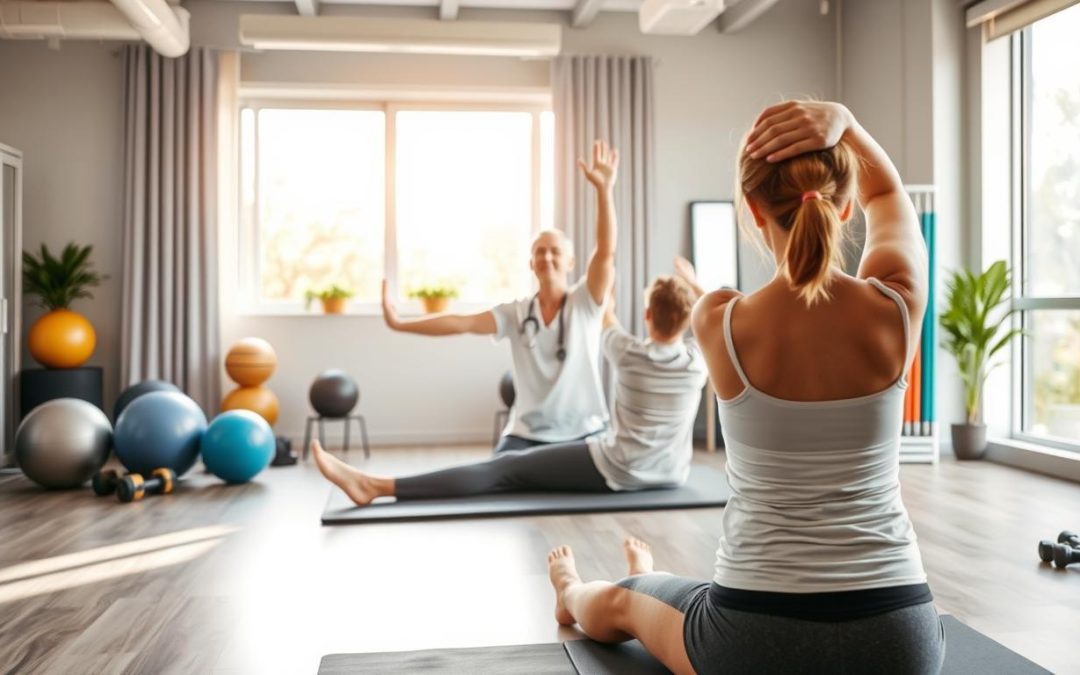TL;DR: Delayed Onset Muscle Soreness (DOMS) is common after exercise, but physical therapy offers evidence-based techniques, such as manual therapy, stretching, trigger point therapy, and at-home strategies. That speeds up recovery, reduces pain, and prevents future injury.
Key Takeaways
- DOMS is common after intense or new exercise routines.
- Physical therapy techniques improve circulation, flexibility, and healing.
- Manual therapy, stretching, and trigger point therapy directly reduce soreness.
- At-home strategies like foam rolling and heat/cold therapy support recovery.
- Persistent soreness may signal the need for Jacksonville FL physical therapy specialists.
Post-workout soreness can slow down progress, especially when it lingers for days. Known as Delayed Onset Muscle Soreness (DOMS), this condition is frustrating for athletes and active individuals looking to recover quickly. Fortunately, physical therapy provides targeted approaches that go beyond rest and over-the-counter remedies.
In this article, we’ll explore how physical therapy addresses DOMS, which techniques work best, and when to see a professional.
Manual Therapy
Manual therapy uses hands-on techniques to reduce tension, restore mobility, and accelerate recovery from DOMS.
Physical therapists apply methods such as:
- Massage techniques → improve circulation and decrease muscle stiffness.
- Joint mobilization → restore mobility in stiff areas.
- Soft tissue manipulation → target muscle adhesions and speed healing.
These therapies can provide immediate relief while also preventing long-term imbalances.
Stretching
Guided stretching reduces tension and improves range of motion, making it one of the most effective ways to minimize DOMS symptoms.
Physical therapists often prescribe stretches tailored to muscle groups most affected by soreness. Benefits include:
- Enhanced flexibility.
- Improved circulation.
- Reduced risk of re-injury.
Trigger Point Therapy
Trigger point therapy addresses painful knots in muscle tissue, relieving soreness linked to DOMS.
By applying direct pressure to trigger points, therapists help release tight muscle fibers. Patients often notice:
- Less localized stiffness.
- Greater freedom of movement.
- Faster return to training routines.
Therapeutic Modalities
Technology-based modalities complement hands-on care to reduce pain and promote healing.
Common options include:
- Ultrasound therapy → stimulates tissue repair.
- Electrical stimulation (e-stim) → reduces pain signals.
- Heat and cold applications → manage inflammation and stiffness.
These modalities are often combined with active therapy for the best results.
At-Home Strategies (Often Guided by a Therapist)
At-home care empowers patients to support recovery between therapy sessions.
Some effective methods include:
- Active Recovery → light exercise (walking, cycling, swimming) to maintain circulation.
- Foam Rolling → self-myofascial release that reduces muscle tightness.
- Heat & Cold Therapy → alternating hot and cold applications for balanced relief.
- Epsom Salt Baths → magnesium absorption relaxes muscles and reduces swelling.
When to See a Physical Therapist
Persistent soreness or suspected injury signals the need for professional evaluation.
Key reasons to seek help include:
- Persistent soreness lasting more than a few days.
- Exercise guidance when starting or resuming training.
- Suspected injury (swelling, bruising, or sharp pain).
💡 Professional Insight: According to the Journal of Orthopaedic & Sports Physical Therapy, patients experience greater functional improvements when guided exercise therapy is combined with advanced techniques like dry needling, compared to exercise alone.
If soreness continues to interfere with your activity, Motion RX offers specialized performance physical therapy programs tailored to athletes and active individuals.
Recap
- DOMS is common but treatable with targeted strategies.
- Manual therapy, stretching, and modalities speed recovery.
- At-home care, like foam rolling and heat/cold therapy, adds support.
- Persistent soreness may require professional care.
Ready to move past muscle soreness? Schedule a session with Motion RX today and experience one-on-one physical therapy designed for athletes and active individuals.
FAQ
How effective is physical therapy for DOMS?
Very effective. Manual therapy, stretching, and trigger point therapy all help reduce soreness and speed recovery.
What role does stretching play in recovery?
Stretching improves flexibility, reduces stiffness, and enhances blood flow, all of which lessen DOMS.
Can at-home strategies replace therapy?
They can support healing but may not fully resolve persistent soreness. Combining both yields the best results.
When should I see a therapist instead of waiting it out?
If soreness lasts longer than 3–5 days, worsens with activity, or includes swelling or bruising, it’s time to see a professional.



